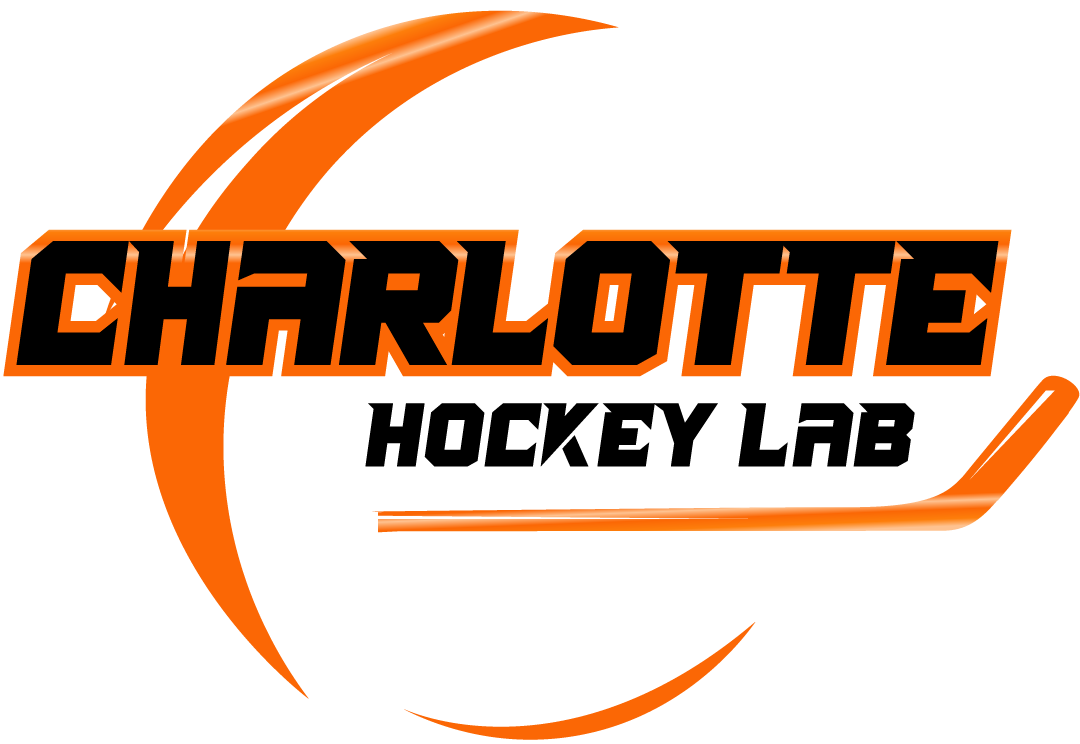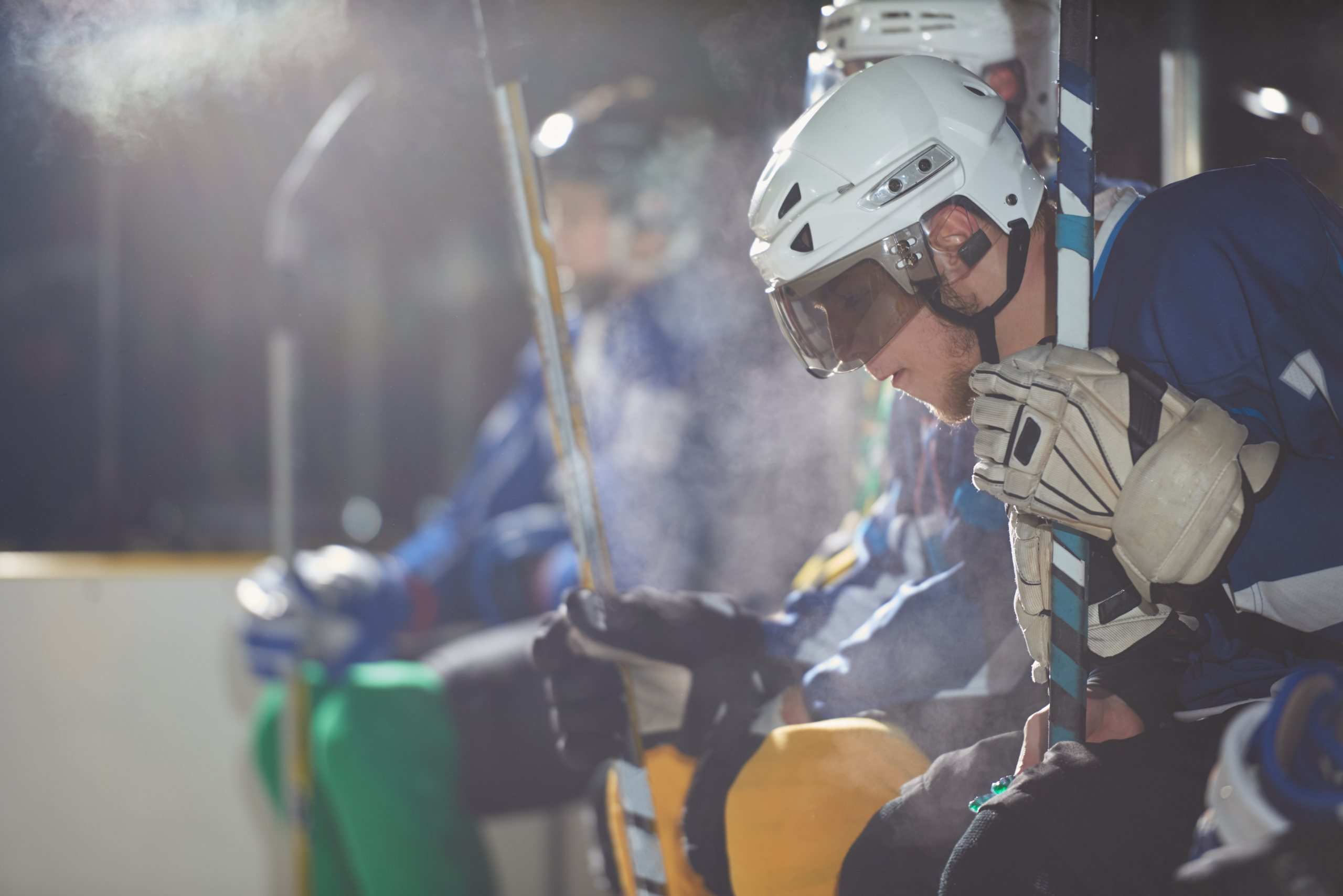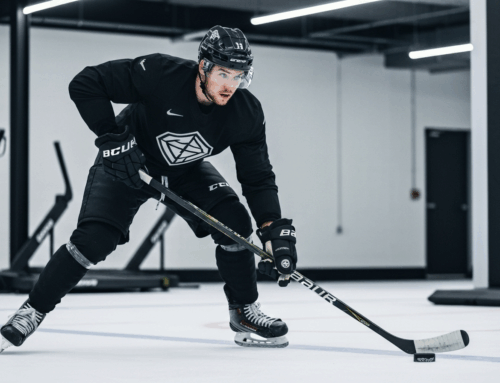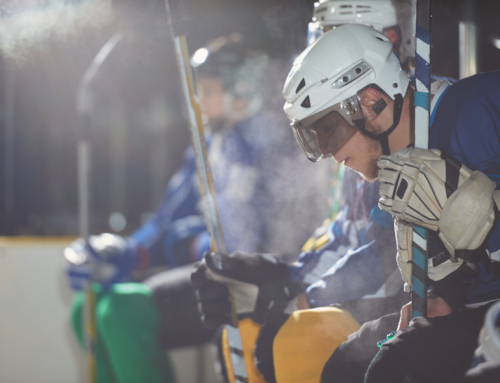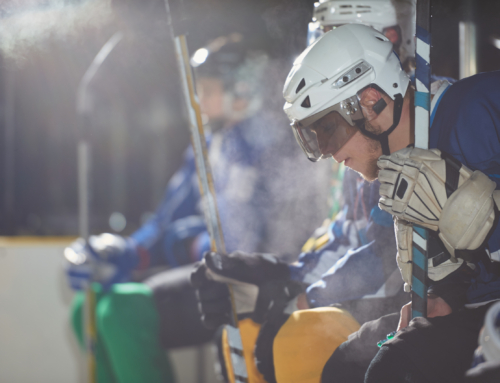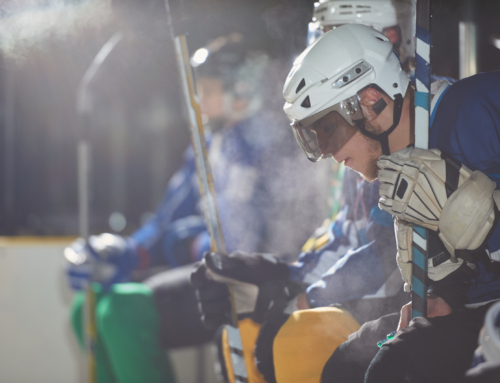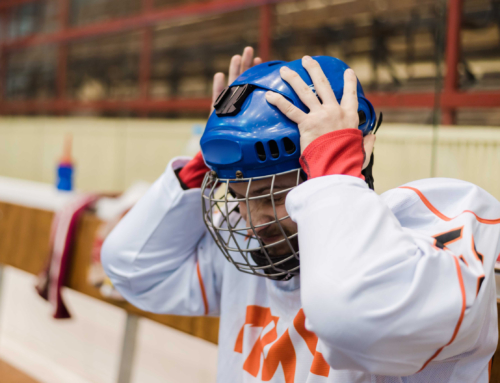Dominate Solo: Hockey training without a team
The Solo Advantage Elevating Your Hockey Game
For aspiring hockey players, regular team practices and games are invaluable, yet often limited. The key to unlocking your full potential often lies in dedicated solo practice, enabling focused skill development away from the rink. Engaging in hockey training without a team allows players to meticulously refine individual techniques, build unparalleled strength, and develop the mental fortitude essential for competitive play. This personalized approach can fill the gaps left by limited ice time, ensuring continuous improvement and a significant edge when it’s time to hit the ice with your teammates.
Solo training provides a unique opportunity to address specific weaknesses and amplify strengths without the pressure of a game or the distraction of a crowded practice. It fosters self-discipline, creativity, and a deeper understanding of one’s own mechanics. Whether you’re a beginner looking to master fundamentals or an elite player aiming for perfection, independent work is a critical component of a comprehensive hockey development pathway. Embracing this solo journey means taking ownership of your growth, transforming every hour into a strategic investment in your hockey future.
Essential Off-Ice Drills for Hockey Players
Off-ice training is the backbone of solo hockey development, providing a consistent environment to build foundational skills and physical attributes. These drills can be performed almost anywhere, making them accessible regardless of ice availability. Focusing on agility, balance, coordination, and strength is paramount.
- Stickhandling Drills: Use a stickhandling ball, green biscuit, or even a tennis ball on a smooth surface like concrete or synthetic ice tiles. Practice wide stickhandling, tight puck control, quick hands, and dekes around cones or household objects. Alternate between forehand and backhand, keeping your head up.
- Shooting Practice: A shooting pad and net are essential. Focus on proper technique for wrist shots, snap shots, and backhands. Emphasize weight transfer, follow-through, and hitting specific targets. Repetition is key to building muscle memory and power.
- Agility Ladders and Cones: Set up an agility ladder or use cones for quick footwork drills. Focus on plyometric movements, lateral shuffles, and explosive starts and stops to mimic on-ice movements.
- Core Work: A strong core is crucial for stability, shot power, and balance. Incorporate planks, Russian twists, medicine ball throws, and bicycle crunches into your routine.
- Plyometrics: Box jumps, broad jumps, and burpees build explosive power in your legs, vital for skating speed and quick bursts.
For more specific guidance on dryland training that complements on-ice play, resources like the USA Hockey Dryland Training program offer age-appropriate exercises. Additionally, BAUER provides Essential Off-Ice Hockey Training Drills that can significantly enhance your solo routine.
Mastering Ice Skills with Hockey Training Without a Team
Even without a full team, significant progress can be made on the ice during stick-and-puck sessions or public skates. The focus shifts from game-play to individual skill mastery.
- Skating Fundamentals: Dedicate time to edge work, crossovers (forward and backward), stopping on both sides, and tight turns. Work on balance by performing drills on one foot.
- Puck Control in Motion: Practice carrying the puck while executing various skating maneuvers. Weave through imaginary opponents, focusing on maintaining control and keeping your head up.
- Passing to the Boards: Use the boards as a rebounder to practice passing and receiving passes. Work on both forehand and backhand passes, focusing on accuracy and soft hands for receiving.
- Cone Drills: Set up cones to simulate defenders for stickhandling drills or use them as markers for shooting lanes and precise turns.
- Goaltending Drills (if applicable): Goalies can work on puck tracking, rebound control against the boards, and butterfly movements, focusing on proper technique and quick recoveries.
Developing Stickhandling and Shooting Solo
Precision and power in stickhandling and shooting are honed through relentless repetition. Solo sessions are perfect for this.
For stickhandling, focus on varied movements: wide puck control, quick dekes, pulling the puck in tight, and moving it side-to-side. Practice all these motions with both forehand and backhand. Incorporate obstacles like cones or old pucks to force yourself to maneuver the puck in tight spaces and around defenders. Vary your speed to simulate different game scenarios, from slow, controlled movements to rapid, deceptive dekes. Always strive to keep your head up, using your peripheral vision to see the ice.
When it comes to shooting, precision trumps power initially. Work on hitting corners and specific targets on the net. Master the wrist shot, snap shot, and backhand shot, focusing on proper weight transfer from your back foot to your front, a strong follow-through, and aiming with your stick blade. As accuracy improves, gradually increase shot power. Remember that a quicker release can be just as effective as a harder shot. You can delve deeper into this with specific techniques for improving hockey shooting accuracy off-ice, ensuring your solo efforts translate to impactful plays.
Building Elite Hockey Fitness on Your Own
Physical conditioning is non-negotiable for hockey players. Solo training allows you to customize a fitness regimen that targets hockey-specific demands.
- Cardiovascular Endurance: High-intensity interval training (HIIT) effectively mimics the stop-and-start nature of hockey shifts. Incorporate sprints, burpees, and jumping jacks with short recovery periods. Long-distance running also builds foundational endurance.
- Strength Training: Focus on compound movements that build overall strength and power. Squats, lunges, deadlifts, and overhead presses, using bodyweight or free weights, are excellent. Pay attention to rotational movements for shot power, using medicine balls or resistance bands.
- Balance and Stability: Single-leg drills, such as single-leg squats, pistol squats (modified if needed), and balance board exercises, enhance your ability to maintain control on your skates.
- Flexibility and Mobility: Incorporate dynamic stretches as a warm-up and static stretches post-workout. Yoga or dedicated stretching routines can improve range of motion, reducing injury risk and improving stride length.
A consistent off-ice fitness routine is crucial for enhancing your on-ice speed, power, and resilience.
Mental Fortitude and Game IQ Beyond the Rink
Hockey is as much a mental game as it is physical. Solo training offers unique opportunities to develop mental toughness and game intelligence.
- Visualization: Spend time visualizing yourself performing complex plays, executing perfect shots, or making critical defensive reads. Mental rehearsal can improve confidence and decision-making on the ice.
- Goal Setting: Set specific, measurable, achievable, relevant, and time-bound (SMART) goals for your solo training. This could be mastering a new deke, improving shot accuracy by a certain percentage, or completing a specific workout routine.
- Analyzing the Game: Watch professional hockey games with a critical eye. Focus on individual player movements, strategic plays, and decision-making in various situations. Try to predict what players will do next and analyze why certain plays succeed or fail. This passively improves your game IQ.
- Self-Correction: Without a coach constantly guiding you, solo training forces you to identify your own mistakes and find solutions. This self-reliance is an invaluable skill for any athlete.
Tracking Progress and Sustaining Motivation
Staying motivated during solo training can be challenging, but tracking your progress provides tangible evidence of improvement and fuels your drive.
- Keep a Training Journal: Document your drills, repetitions, times, and any observations. Note improvements in speed, accuracy, or endurance. This journal becomes a record of your hard work and achievements.
- Video Analysis: Whenever possible, record your solo drills. Watching yourself perform can reveal subtle flaws in technique that are difficult to spot in real-time. Compare current videos with older ones to see visual progress.
- Set Milestones and Reward Yourself: Break down larger goals into smaller, achievable milestones. Celebrate these mini-victories to maintain momentum.
- Vary Your Routine: To prevent boredom and plateauing, regularly introduce new drills or modify existing ones. Keep your training fresh and challenging.
- Connect with the Community: While your training is solo, you can still engage with online hockey communities or friends for inspiration, tips, and accountability. Sharing your journey can be a powerful motivator.
Integrating Solo Work for Peak Performance
The ultimate goal of hockey training without a team is not to replace team play, but to enhance it. Solo work builds the individual foundation that makes you a more effective and impactful team player. By consistently working on your skills, fitness, and mental game independently, you arrive at team practices and games better prepared, more confident, and ready to contribute at a higher level.
Integrating solo work means recognizing its value as a complementary component of your overall development. It’s about taking initiative, dedicating time to focused refinement, and leveraging modern training solutions to optimize every session. From synthetic ice setups to advanced shooting lanes, the tools available for individual growth are more sophisticated than ever. Embracing these resources, such as those found in cutting-edge simulated ice hockey training solutions, allows players to truly unlock their full potential and achieve peak performance on the ice.
Have questions? Contact us here.

We use only the finest ingredients to produce stellar tastes.
